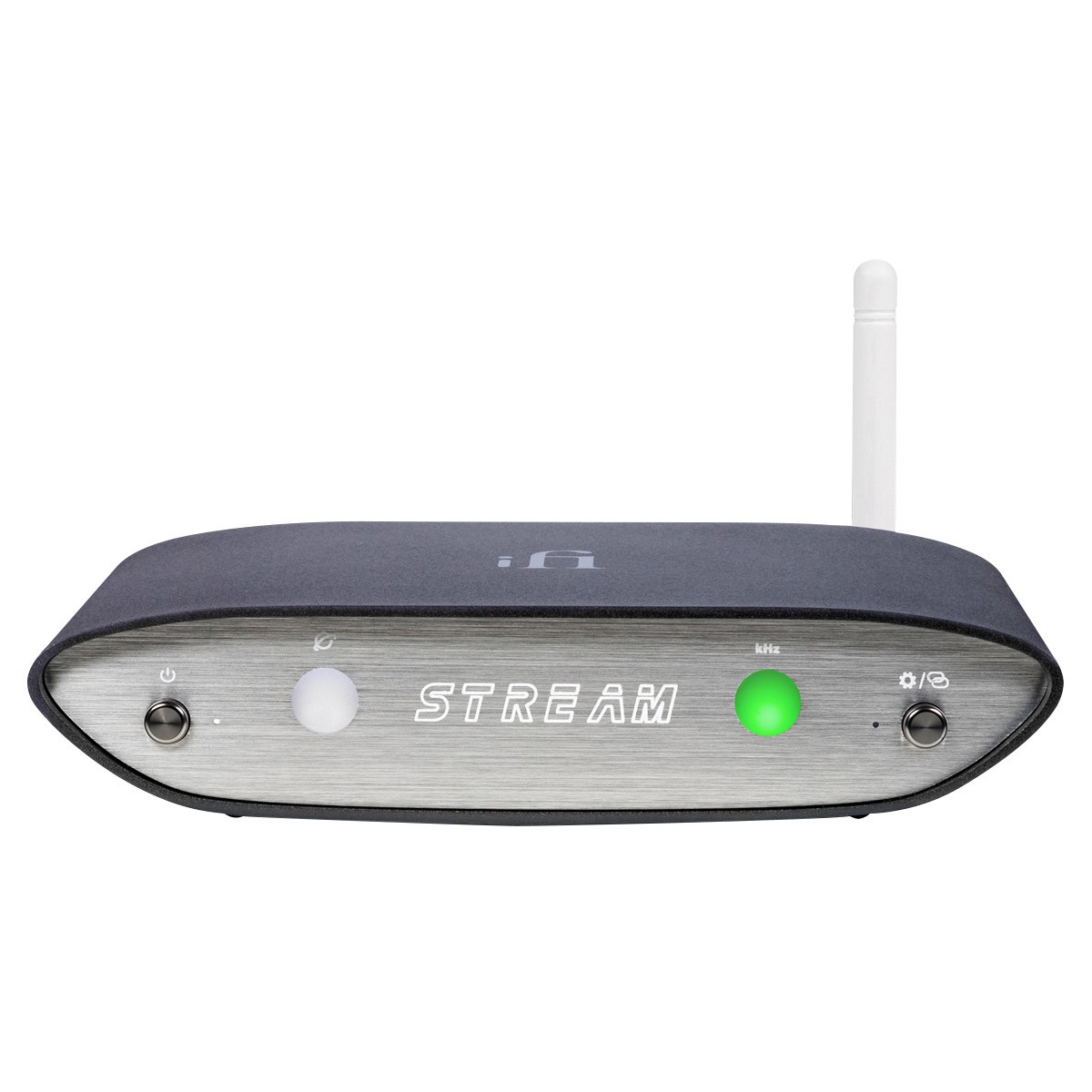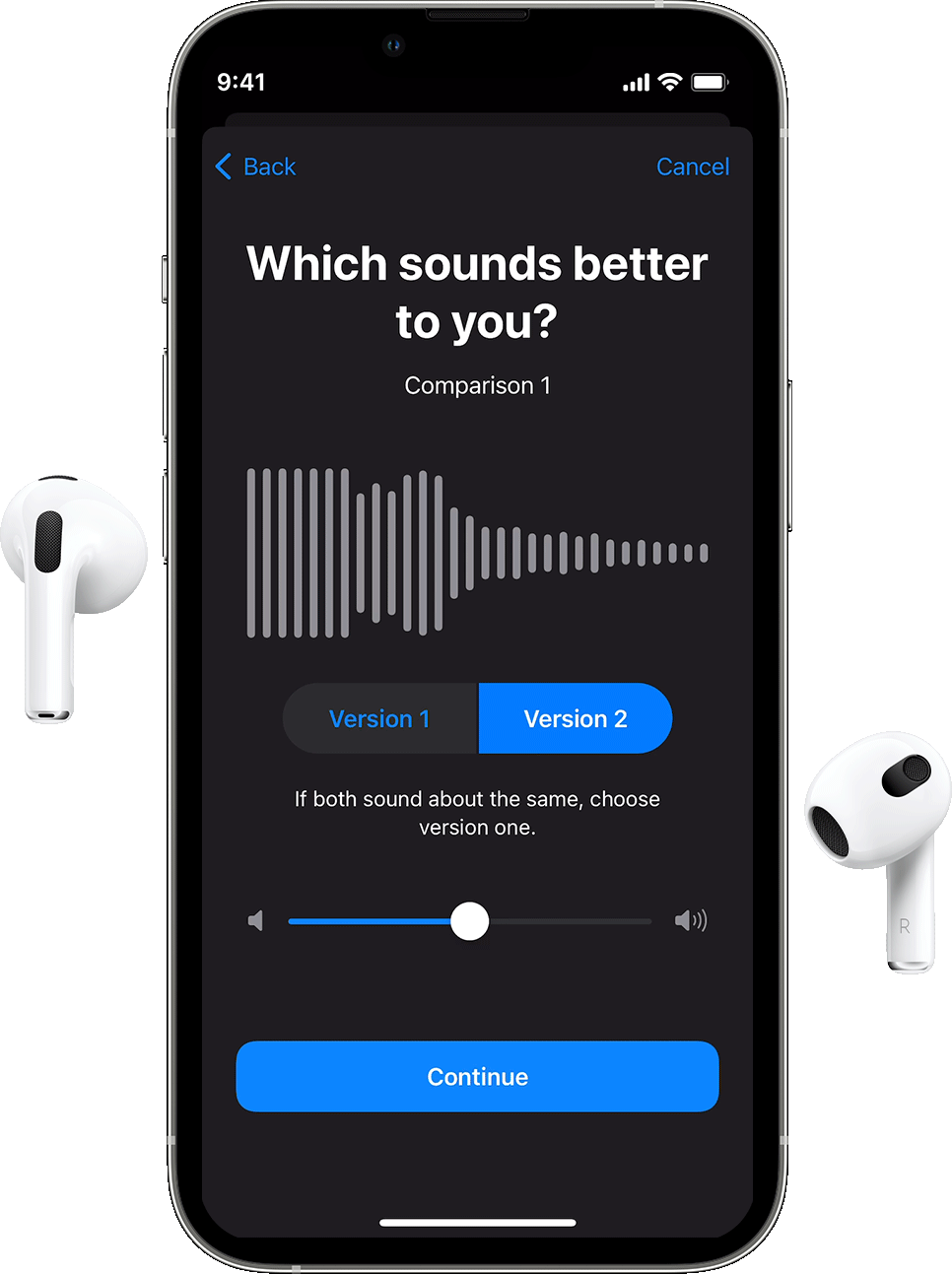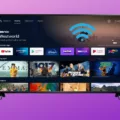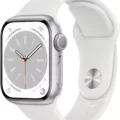When it comes to streaming audio, there are several options available. Two of the most popular methods are Bluetooth and Wi-Fi. While both of these methods are wireless, they work in completely different ways. In this article, we will discuss how you can transmit audio over Wi-Fi.
Firstly, it’s important to understand that Wi-Fi has much greater bandwidth than Bluetooth. This means that with a Wi-Fi connection, you can stream lossless audio without any issues. CD-quality audio requires a bandwidth of around 1411 kbps, which is easily achievable with Wi-Fi. However, it’s important to note that the protocol used for streaming audio over Wi-Fi can have limitations.
One of the most popular protocols for streaming audio over Wi-Fi is AirPlay. This protocol was developed by Apple and is used by many wireless speakers and music systems. AirPlay allows you to stream audio from your phone or computer to a compatible speaker or music system. It supports lossless audio and can even stream video.
Another popular protocol for streaming audio over Wi-Fi is DLNA. DLNA stands for Digital Living Network Alliance and is an industry standard for sharing media between devices. DLNA is compatible with a wide range of devices, including smartphones, tablets, and computers. It supports lossless audio and can stream video as well.
When it comes to streaming audio over Wi-Fi, there are several factors to consider. Firstly, you need to make sure that your Wi-Fi network is strong and stable. Any dropouts or interruptions in the network can cause your audio to stutter or cut out completely. Secondly, you need to make sure that your device is compatible with the protocol you are using. Not all devices support all protocols, so it’s important to check before you start streaming.
Streaming audio over Wi-Fi is a great way to enjoy high-quality, lossless audio. With the right network and protocol, you can enjoy your music in the highest quality possible. Whether you’re using AirPlay, DLNA, or another protocol, make sure you have a strong and stable Wi-Fi connection to get the best possible experience.

Transmitting Audio Over WiFi
Audio can be transmitted over Wi-Fi. Wi-Fi is a wireless networking technology that allows devices to connect and communicate with each other using radio waves. It is a popular way to transmit audio because it allows for higher quality, more stable connections than other wireless technologies such as Bluetooth.
To transmit audio over Wi-Fi, you need a Wi-Fi network and compatible devices. There are several ways to do this, including:
1. Streaming services: Many streaming services, such as Spotify, Apple Music, and Tidal, allow you to stream audio over Wi-Fi to compatible devices such as speakers and receivers.
2. Wireless speakers: Some speakers are designed to connect directly to your Wi-Fi network, allowing you to stream audio from your phone or computer without the need for cables.
3. Wireless receivers: You can also use a wireless receiver, such as an Apple AirPlay or Google Chromecast device, to transmit audio over Wi-Fi to a compatible speaker or receiver.
Wi-Fi is a versatile and reliable way to transmit audio wirelessly and can be used in a variety of settings such as home audio systems, public address systems, and even in professional recording studios.
Streaming Hi-Res Audio Over WiFi
It is possible to stream high-resolution audio over a WiFi connection. Using WiFi for audio streaming allows for higher quality output as compared to using Bluetooth since WiFi has a higher bandwidth and greater range. This means that you will experience fewer dropouts and better sound quality when streaming hi-res audio over WiFi. Additionally, there are more hi-res streaming options available on the market for WiFi as compared to Bluetooth. Therefore, if you want to stream high-quality audio, using a WiFi connection is recommended.
Comparing Audio Quality Through WiFi and Bluetooth
When it comes to audio, the method of connection can have a significant impact on the quality of sound. Between WiFi and Bluetooth, WiFi is generally considered to provide better sound quality. This is because WiFi has a much higher bandwidth than Bluetooth, which means it can transmit more data at once. This allows for higher-quality audio to be streamed without any loss in quality.
In addition, WiFi is less prone to interference than Bluetooth. Bluetooth uses radio waves to transmit data, which can be disrupted by other devices using the same frequency. This can lead to dropouts and lower sound quality. WiFi, on the other hand, can operate on multiple channels and is less likely to experience interference.
If you are looking for the best possible sound quality, WiFi is the way to go. However, it is important to note that not all WiFi connections are equal. If you have a weak WiFi signal or are far away from your router, this can also impact the quality of the sound.
Can WiFi Transmit Lossless Audio?
WiFi can transmit lossless audio. Lossless audio, which is audio that is compressed without any loss of quality, requires a high bitrate to maintain its quality. CD-quality audio, which has a bitrate of 1411 kbps, is easily transmitted over WiFi or Ethernet, which has sufficient bandwidth to handle the data. However, it’s important to note that the protocol used to transmit the audio can affect the quality of the audio. Some protocols may introduce compression or other forms of loss that reduce the quality of the audio. Therefore, it’s important to choose a protocol that is designed for lossless audio transmissions, such as FLAC or ALAC, to ensure that the audio remains in its original high-quality form. As long as the proper protocol is used, WiFi can easily transmit lossless audio.
Conclusion
Transmitting audio over Wi-Fi is the best option if you want to achieve high-quality sound. This is due to the fact that Wi-Fi has a much greater bandwidth compared to Bluetooth, allowing for lossless streaming. While Bluetooth is a convenient option for short-range connections, it can suffer from dropouts and limited hi-res streaming options. On the other hand, Wi-Fi provides a stable and reliable connection with sufficient bandwidth to stream high-resolution audio. However, it is important to keep in mind that the protocol used for streaming can also affect the quality of the sound. Therefore, it is recommended to choose a protocol that can support lossless streaming to ensure the best possible audio experience.








